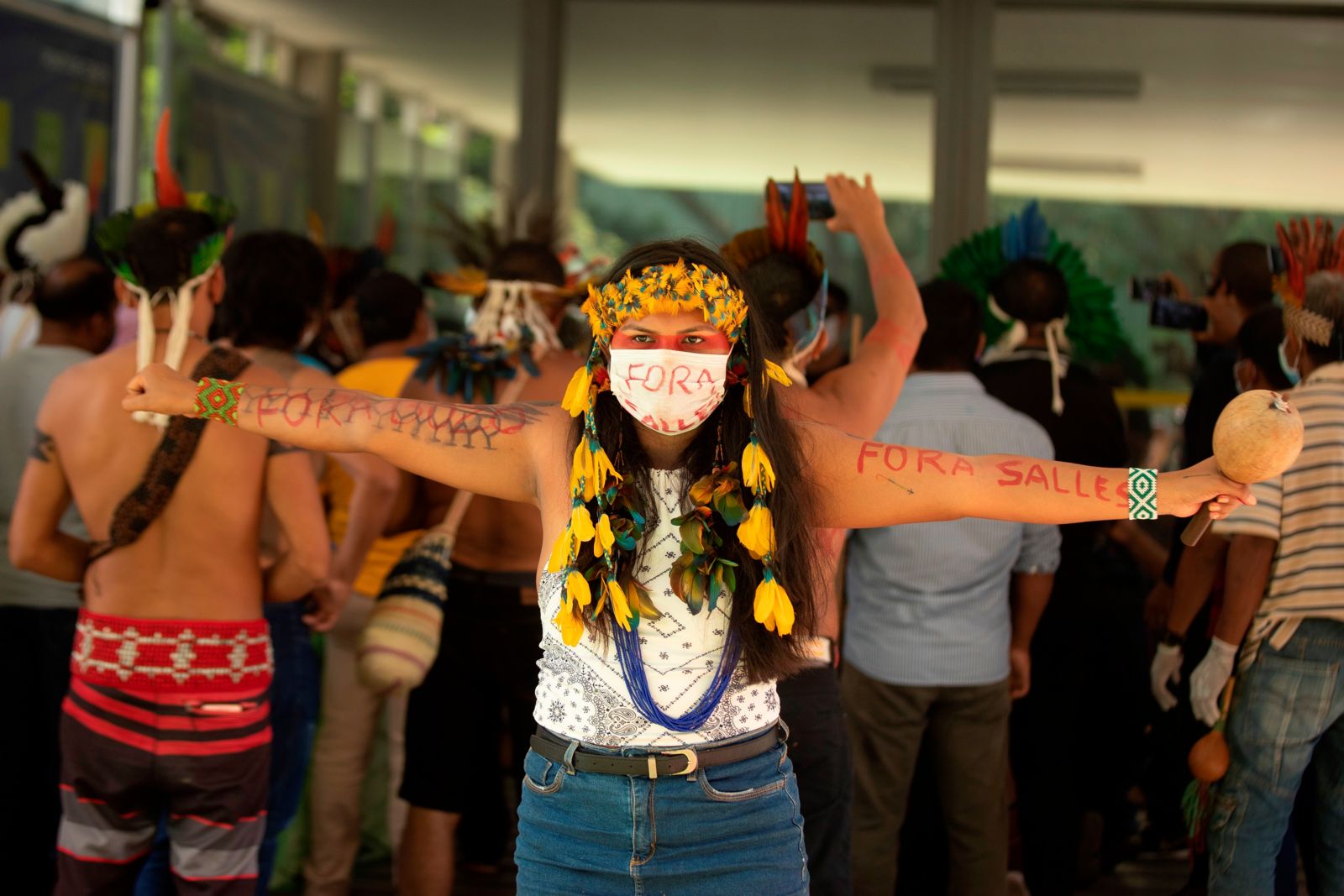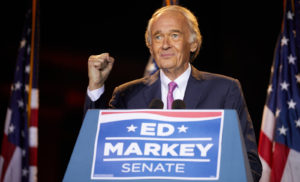
Less than five percent of the world’s population protects over 80 percent of the earth’s biodiversity. They are the indigenous communities that safeguard forests, deserts, grasslands, and marine environments. Despite the importance of their labor and their activism in the protection of biodiversity, their voices have largely been ignored by international organizations and media that have favored voices from the global north.
Indigenous communities in Latin America have been at the forefront of environmental protection and conservation for centuries. Their knowledge and experience are essential for sustainable development in the region. In the past two decades, indigenous communities have secured the rights of over 900 million acres of the earth. They have contributed to biodiversity, following indigenous philosophies about living in harmony with the earth and all living beings.
As Earth Month comes to a conclusion, it is critical to recognize those that have contributed to the climate movement, especially indigneous communities and activists.
Nemonte Nenquimo is an indigenous Waorani woman whose 2019 campaign to protect 500,000 acres of Amazonian rainforest and her community’s territory from oil extraction set a legal precedent for indigenous rights in Ecuador. By holding assemblies, interviewing village leaders, launching a powerful digital campaign with the slogan “Our rainforest is not for sale,” and spearheading a petition that received almost 400,000 signatures, Nenquimo was able to halt the sale of lands for the purpose of oil extraction. She completed the incentives offered by oil companies, installing rainwater harvesting, solar panels, and supporting cacao and chocolate production businesses led by women. Nenquimo also founded the Ceibo Alliance, an indigenous organization working towards the defense of ingenous territory, cultural survival, and solution-based alternatives to rainforest destruction.
Nenquimo served as the lead plaintiff in the lawsuit against Ecuador’s government for violating the Waorani’s right to free, prior, and informed consent. The historical lawsuit and established legal precedent has inspired other indigeneous communities. Following Nenquimo’s footsteps, they have employed similar campaigns and tactics to protect the rainforest and their ancestral homelands from oil extraction. For her work in protecting the Amazon’s rainforests, Nemonte Nenquimo was a winner of the Goldman Environmental Prize in 2020.
Leydy Pech is a Mayan beekeeper who confronted agrochemical giant Monsanto in order to prevent the disappearance of an endangered species of bee in her home of Campeche, Mexico. When Monsant attempted to plant genetically modified soybeans in her home state, she began leading peaceful demonstrations and an awareness campaign titled “Sin Transgénicos” (GMO-free), which united beekeepers, environmentalists, and NGOs. Pech’s home state of Campeche has a long beekeeping tradition, whose production of honey and beeswax supports 25,000 families. The survival of this ecosystem and of Pech’s own beekeeping activities are threatened by intensive agriculture, which has produced deforestation.
Following Pech’s campaign, food and agriculture authorities revoked Monsanto’s permits in 2017. Pech is also a member of the Kooler Ka / Muuch Kambal coalition, an organization that works to protect Mayan land and natural resources against threats of deforestation and pesticide use. She was awarded the Goldman Environmental Prize in 2020 for her work against the planting of genetically modified soy in the Yucatán Peninsula.
Helena Gualinga is an environmental activist from the Sarayaku community in Ecuador. Her community is threatened by extractive industries who have sought to exploit the territory for oil exploration since 1996. This is why Gualinga’s activism has emphasized the fossil fuel industry, spearheading a campaign called ‘Polluters Out’ which aims to remove the fossil fuel industry from every sphere it influences. Gualinga comes from a family of land protectors and despite only being twenty years old, she has spoken at the 2019 COP 25 and 2021 COP 26, where she co-led a youth climate march with over 100,000 participants.
Despite the essential work carried out by environmental activists, particularly those in indigenous communities, Latin America has become one of the most dangerous regions for those who defend the environment. In 2020, over 227 deadly attacks took place against environmental activists, with 165 deaths taking place in Latin America. Of these deaths, 65 took place in Colombia and 30 in Mexico, with others taking place in Brazil and Honduras. The first environmental activist to be murdered in 2022 was 14 year old Breiner David Cucuñame, a member of an indigenous community, in Colombia: the most dangerous country for environmentalists.
Not only are environmental activists like Nemonte Nenquimo, Leydy Pech, and Helena Gualinga fighting to protect the environment and prevent extractivism: they are risking their lives to do so. Other indigenous women, and men, like them have paved the way for climate activism. They are the original protectors of the environment. Despite living in countries where they are marginalized for their indigenousness and persecuted for their climate activism, they have persisted. They have always understood the beauty and fragility of the earth and its ecosystems – when will we?



